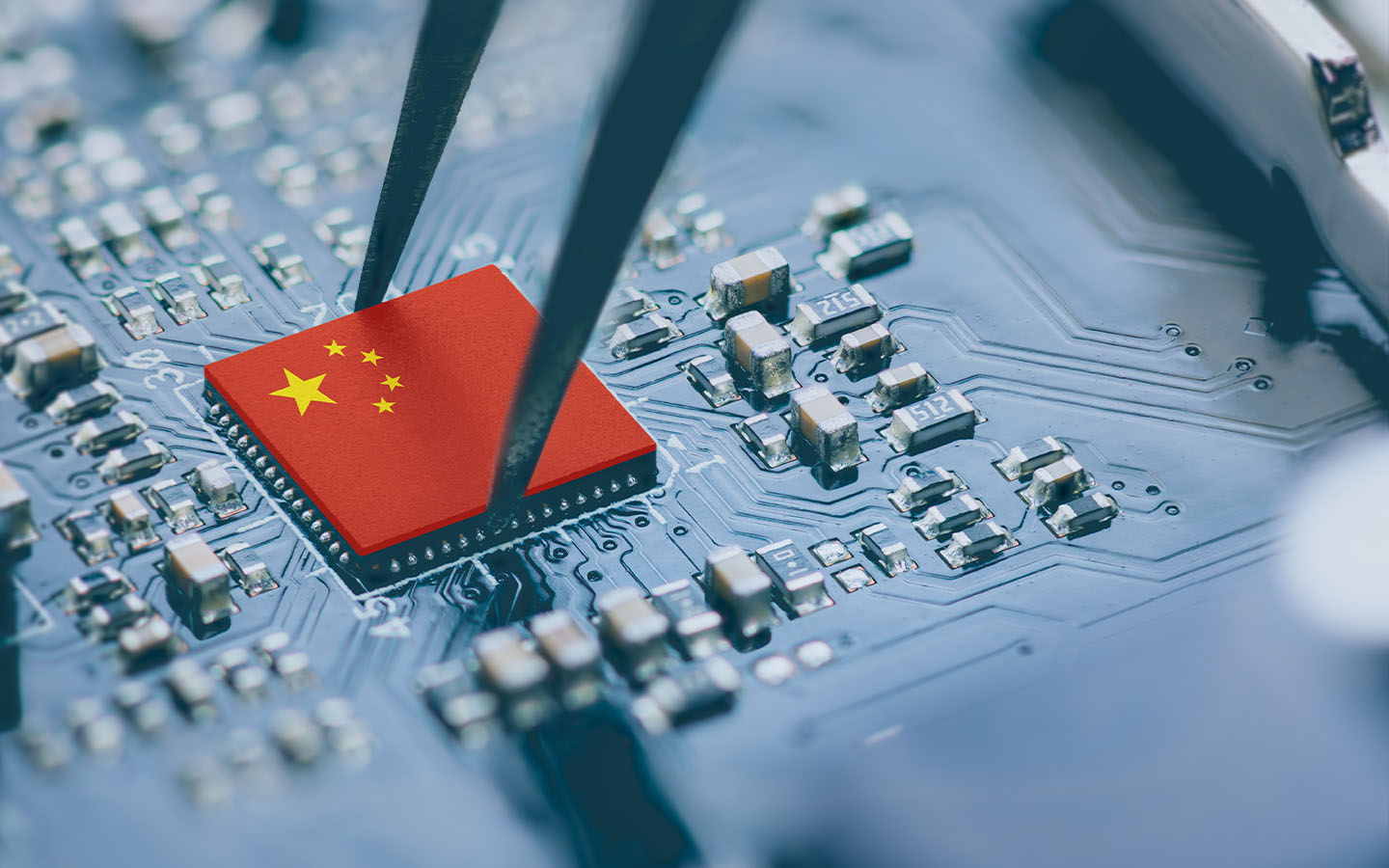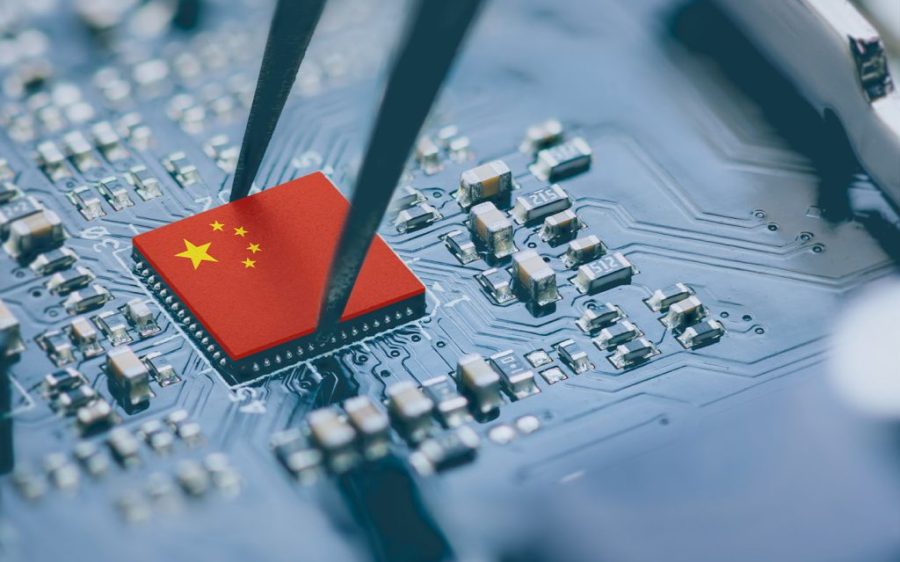Shanghai scientists have achieved a breakthrough in artificial intelligence (AI) hardware by developing what the South China Morning Post describes as the “first highly parallel optical computing integrated chip,” capable of using light to perform a multitude of tasks simultaneously.
Dubbed Meteor-1, the chip achieves a theoretical peak computing power of 2,560 tera-operations per second at 50GHz optical frequency, reportedly indicating real-world performance comparable to Nvidia’s advanced graphics processing units (GPUs) – which rely on electricity, not lightwaves.
The development is particularly significant as US export controls effectively ban Nvidia’s highest performing chips from reaching China, making self-sufficiency in the tech realm a pressing issue for Beijing. Last year, prominent Chinese strategist Lu Yongxiang predicted that China would overtake the US in high-tech and advanced military manufacturing by 2035.
[See more: China now leads the world in semiconductor research, a new report says]
Optical computing, also known as photonics computing, is considered a critical future direction in chip making due to the physical limitations of electronic chips, such as heat build-up. Optical computing relies on numerous separate lightwaves for data processing, storage and communication, which comes with inherent advantages like ultra-high speeds, broad bandwidth, low power consumption and minimal latency.
Meteor-1 was developed by researchers at the Shanghai Institute of Optics and Fine Mechanics (SIOM) under the Chinese Academy of Sciences.
“It’s like transforming a single-lane highway into a super highway capable of handling a hundred vehicles in parallel, greatly increasing throughput per unit time without changing the chip hardware,” Han Xilin, an engineer at SIOM, told state media.






